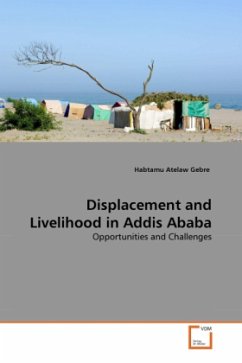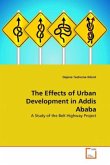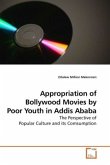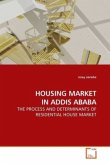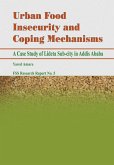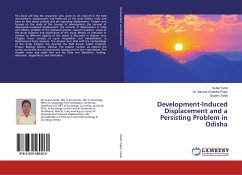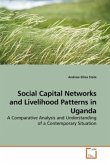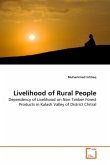In many cities of developing countries that the great majority of urban dwellers reside in slum areas, these, in turn, become stumbling block for the development efforts of the governments of these countries. To this end, the governments have planned to renew and make use of revenue from the underutilized areas but such line of thinking has been unable to take into account the livelihoods of displacees in holistic manner. On the other hand, little is known about the outcomes of displacement from different point of views. This book aims to discuss the livelihoods of displaced people in holistic ways: their livelihood assets, whether they are vulnerability to urban economic shocks, social disintegrations and poor environmental context, the role of institutions or organizations, the strategies employed by displacees against to the adverse impacts of displacement and the outcome of such strategies. Therefore, this book is important for urban development and planning students as well as urban development planners.
Bitte wählen Sie Ihr Anliegen aus.
Rechnungen
Retourenschein anfordern
Bestellstatus
Storno

